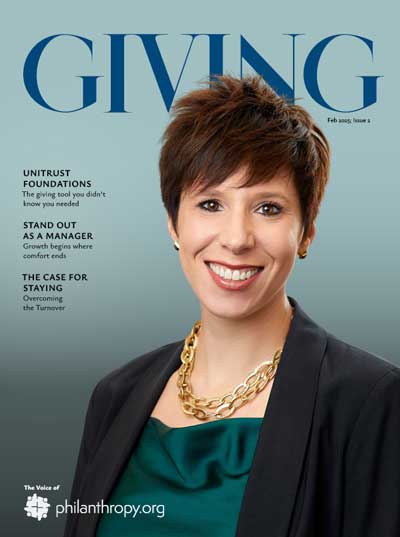Extreme success that’s across the board does not exist.
What does exist is extreme success in a particular area of one’s life. One can be an exceptional golfer, yet a terrible husband. An extremely successful actor, yet a terrible father (Bing Crosby). I can go on.
Studies of people who’ve had extreme success in one part of their lives also show complete chaos in other areas. It seems like a case of, “it’s in the genes.” The majority of us don’t experience these huge swings, because we’re average. We’re more in the middle of the “C” (bell) curve.
Which brings me back to “extreme” donors. There’s no such thing as a “perfect donor.” Chances are, some sort of dirt exists on him or her that will be dug up out of the past and haunt that large donation you just received. Maybe it’s an arrest from their youth, or a really poor choice of words. Maybe it’s something even worse like photos from a wild college beach party. And the more we tighten our ethical standards for accepting gifts, the more difficult it’s going to be to get that large, “justified” donation. This is why some donors are reluctant to give because of their past.
All this begs the question, “Are we scaring extreme donors away?” It certainly seems that way. Who wants to take the chance that something best left forgotten is dredged up, simply because they intended to do some good by making a gift?
You don’t need to be extremely successful. You don’t need to be worth hundreds of millions. All you need is love (and an estate plan). This is why planned giving is a safe bet. It’s for the average donor; the bottom 98%. It’s “philanthropy for the rest of us” — a way for average folks to make an above-average difference in the world.
Making the ask, or raising money, is what you do once you get the crowd there. Marketing is how you get the crowd there in the first place. And if you are targeting the above 98%, you will really need to understand the power of marketing. And that’s what we do.
“Marketing is what you do to motivate people to do what you want them to do because they want to do it.”
Are you dealing with the reluctance of major donors to contribute to your cause because of the potential vulnerability of their past, or is there a more fertile target to pursue?This chart illustrates where your extreme donor lies on the bell curve.



